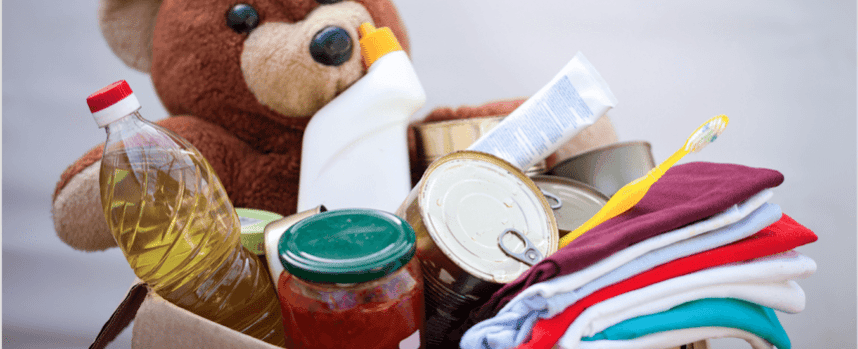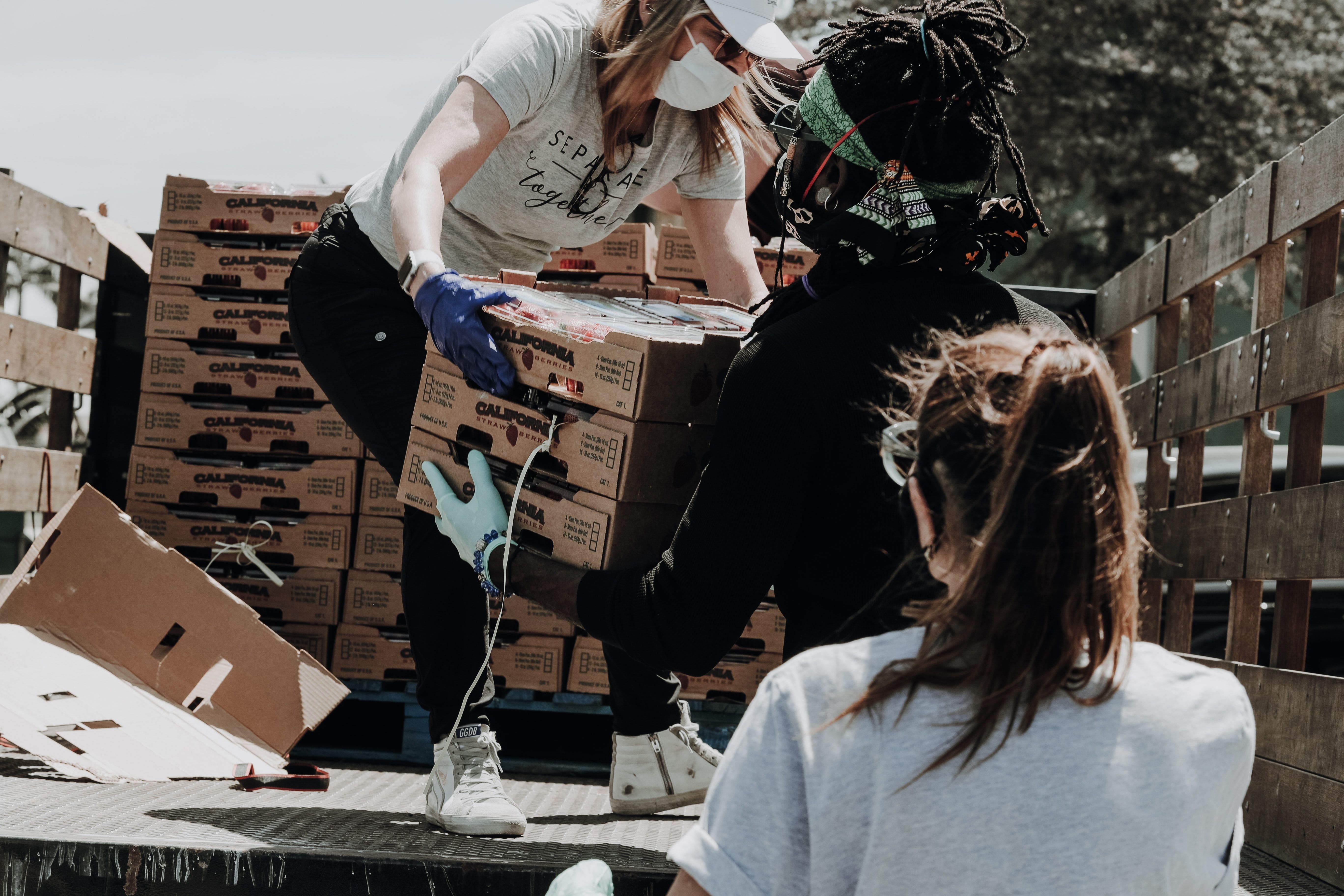Natural disasters, such as Hurricanes Harvey, Irma and Maria, leave lasting scars on our country. Millions of people in Florida and Texas are still without shelter and power, and federal officials say recovery could take years.
When disasters like this strike, we often feel compelled to help. But with so many charities accepting donations, it can be difficult to know which will be transparent, reflect your values and put your dollar to the best use. Consider the below when deciding where, how and when to donate.
Not All Charities Are Created Equal
To ensure the maximum amount of your money goes directly to those in need, start by researching your charity options. A good first step is considering an organization similar to the United Way’s Disaster Response and Recovery Fund, which allocates 100% of individual donations given to the affected areas. The United Way is a 501(3)(c)-designated charity, meaning that all gifts are tax deductible.
If you prefer to make a donation to an organization other than the United Way, you may find Charity Navigator a helpful resource. Its objective ratings—based on financial health, accountability and transparency—allow you to make an informed decision based on each charity’s score. It also lets you search for organizations based on a number of factors.
The Psychology of Giving
Many people prefer “in-kind,” or tangible, donations. They feel it’s more impactful to donate an item than money to purchase the item, and it reassures them their donation is going where they want it.
While this line of thinking makes sense, it also presents a problem. In-kind donations are often cost and time prohibitive.
“This is not the time to be donating products or even services,” Bob Ottenhoff, president and CEO of the Center for Disaster Philanthropy, recently said in regard to Houston relief efforts. “That's frequently the urge, and most often that is the wrong thing to do ... With the floods blocking off streets, when warehouses are not available, there's no place for these products. There's no place to store anything; there's no place to distribute anything. And that's going to be the case for some time."
By donating cash instead of an item, you empower charities to allocate funds when and where they’re needed most. Relief needs continue long after flood waters recede and media coverage slows down. When the time arrives, your money will be there to provide whatever is most valuable at the time, whether it’s food, water, shelter or service.
Restricted Donations
When people choose to make restricted donations, meaning funds can only be used in a predetermined area, it’s often because they want to know precisely where their money is going. Again, the same principles above apply. While this thinking makes sense, it poses challenges for organizations that may recognize a much greater need outside of the scope of the restrictions.
Amy Pezzani, CEO of the Food Bank for Larimer County, has seen this happen firsthand. When financial donations are restricted to an area without need, she said, it can be difficult for the organization to spend the money. It’s a double negative, because not only are the in-need areas deprived of the funds, the well-off areas struggle to find ways to use it. To combat this, Amy suggested making donations non-restricted, therefore letting the leaders of the organization decide how to best help the community.
Year-Round Giving
Aside from disaster related giving, there is a large spike in food donations during the holiday season—and then a subsequent drop-off in January. The decline makes it difficult for food banks to support the 42 million Americans living in food insecure households. However, when a food bank (or any charity) has a reserve of cash donations, it is able to help year-round. Kate Maehr, Executive director and CEO of the Greater Chicago Food Depository, put it this way: "The economics are that I can take your dollar and spread it further.”
Cash Is King
Whether cause-specific or not, cash donations allow organizations to provide their communities with exactly what’s needed, when it’s needed, for a much lower cost than in-kind donations. As an example, according to Amy Pezzani, her food bank can acquire apples at twenty cents per pound compared to the typical dollar per pound paid by a consumer. In terms of stretching a dollar, a five-time multiplier can make a major difference at scale.
The adage “Cash is King” is widely used in the financial sector, but it is also relevant for charitable organizations. It’s important to find a reputable organization and then make a donation that allows them to best help those in need. Cash donations may not always be the most appealing option, but often times can be the most beneficial.








